43 chemical labels provide quick facts
Food Labels | CDC - Centers for Disease Control and Prevention Check the Serving size first. All the numbers on this label are for a 2/3-cup serving. This package has 8 servings. If you eat the whole thing, you are eating 8 times the amount of calories, carbs, fat, etc., shown on the label. Total Carbohydrate shows you types of carbs in the food, including sugar and fiber. Learn the Basics of Hazardous Waste | US EPA Simply defined, a hazardous waste is a waste with properties that make it dangerous or capable of having a harmful effect on human health or the environment. Hazardous waste is generated from many sources, ranging from industrial manufacturing process wastes to batteries and may come in many forms, including liquids, solids gases, and sludges.
Fact Sheet: Disposable Nitrile Gloves in Chemical Labs Nitrile is a synthetic rubber material that offers chemical and abrasion resistance and is a very good general-duty material for gloves. Thin, disposable, nitrile gloves are the most common gloves used when handling chemicals in laboratories; however, it is important to remember that thin nitrile rubber provides only limited chemical protection.
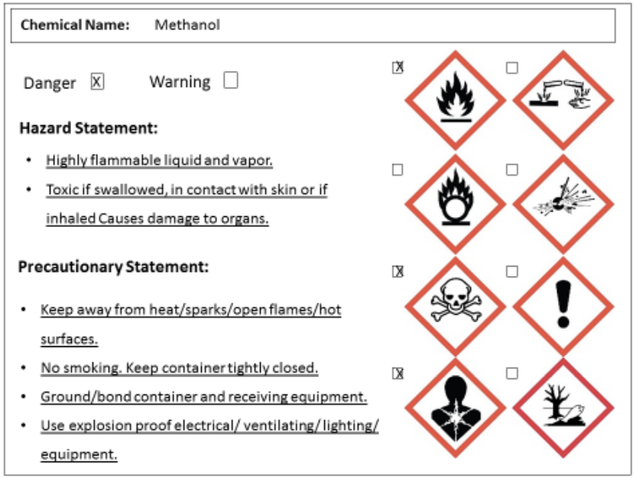
Chemical labels provide quick facts
Labeling Requirements | US EPA The label on a pesticide package or container and the accompanying instructions are a key part of pesticide regulation. The label provides critical information about how to handle and safely use the pesticide product and avoid harm to human health and the environment. Labeling Requirement Resources periodic table | Definition, Elements, Groups, Charges, Trends, & Facts ... In 1864, J.A.R. Newlands proposed classifying the elements in the order of increasing atomic weights, the elements being assigned ordinal numbers from unity upward and divided into seven groups having properties closely related to the first seven of the elements then known: hydrogen, lithium, beryllium, boron, carbon, nitrogen, and oxygen. The facts about nicotine | PMI - Philip Morris International The facts about nicotine 04 Jul 2022 · 3 min read Nicotine is a chemical that occurs naturally in tobacco. It is addictive and is not risk-free. However, as opposed to what many people mistakenly believe, it is not the primary cause of smoking-related diseases. These are principally caused by the chemicals released when tobacco is burned. Copy
Chemical labels provide quick facts. Sodium Chloride | NaCl | Uses, Benefits, and Safety Facts Sodium chloride is an essential nutrient and is used in healthcare to help prevent patients from becoming dehydrated. It is used as a food preservative and as a seasoning to enhance flavor. Sodium chloride is also used in manufacturing to make plastics and other products. It is also used to de-ice roads and sidewalks. Chemicals and Toxics Topics | US EPA EPA also provides information about specific chemicals and how you can protect yourself, your family and your community. Common Substances Formaldehyde Mercury Lead Asbestos Hazardous/Toxic Air Pollutants Per- and Polyfluoroalkyl Substances (PFAS) Pesticide Chemicals Glyphosate Polychlorinated Biphenyls (PCBs) Chemical Safety phenylalanine | chemical compound | Britannica Human hemoglobin (the oxygen -carrying pigment of red blood cells) is one of the richest sources of phenylalanine, yielding 9.6 percent by weight. First isolated in 1881 from lupine seedlings, phenylalanine is one of several essential amino acids for fowls and mammals; i.e., they cannot synthesize it and require dietary sources. How To Read Food and Beverage Labels - National Institute on Aging Or you can call the U.S. Department of Agriculture's Food and Nutrition Information Center at 301-504-5414. Understanding percent Daily Value (% DV) The percent Daily Value (% DV) tells how much a nutrient in a serving of the food or beverage contributes to a total daily 2,000-calorie diet.
How to Read Food Labels: Your Complete Consumer Guide The words and images on packaged foods are there for one of two reasons — to sell or to inform. Food manufacturers want to present their products in as positive a light as possible and may sometimes make questionable claims about them. Regulators want the labels to include clear and honest data about quality, nutrients, and ingredients. Food Labeling & Nutrition | FDA Food labeling is required for most prepared foods, such as breads, cereals, canned and frozen foods, snacks, desserts, drinks, etc. Nutrition labeling for raw produce (fruits and vegetables) and ... Household Hazardous Waste (HHW) | US EPA Some quick tips for the safe handling of household hazardous wastes include: Follow any instructions for use and storage provided on product labels carefully to prevent any accidents at home. Be sure to read product labels for disposal directions to reduce the risk of products exploding, igniting, leaking, mixing with other chemicals, or posing ... Launching consultations on mandatory labelling for chemicals in ... Quick facts A Health Canada survey from 2017 found that 48 percent of Canadians look to product labels for information on health risks. These consultations support Canada's Chemicals Management Plan, which aims to assess and reduce environmental and human health risks posed by chemical substances and organisms.
molecule | Definition, Examples, Structures, & Facts | Britannica molecule, a group of two or more atoms that form the smallest identifiable unit into which a pure substance can be divided and still retain the composition and chemical properties of that substance. The division of a sample of a substance into progressively smaller parts produces no change in either its composition or its chemical properties until parts consisting of single molecules are ... Globally Harmonized System (GHS) : OSH Answers - Canadian Centre for ... GHS stands for the Globally Harmonized System of Classification and Labelling of Chemicals. It is a system of hazard communication for chemical hazards that can be adopted by countries around the world. GHS was developed by a United Nations (UN) international team of hazard communication experts. The New Nutrition Facts Label | FDA What's New with the Nutrition Facts Label Serving Size Calories Percent Daily Value Added Sugars Folate and Folic Acid Nutrition Facts Label and MyPlate Interactive Label Get more details on... Scientists Find Harmful Industrial Chemicals in Fast Food - Verywell Health Traces of plastics have found their way into fast-food meals. A new study found that phthalates, a group of industrial chemicals used to make plastics softer, are often present in foods like pizzas, hamburgers, and chicken nuggets. 1. "Phthalates are found in a lot of packaging, processing, and handling equipment," Lariah Edwards, PhD, a George ...
Label Claims for Food & Dietary Supplements | FDA Among the claims that can be used on food and dietary supplement labels are three categories of claims that are defined by statute and/or FDA regulations: health claims, nutrient content claims ...
Relationship Between Drug Label, Patent Claims, and ... - Oblon Fast Facts. About Our Law Firm ... Oblon's professionals provide industry-leading IP legal services to many of the world's most admired innovators and brands. ... specifically how the drug label and patent claims can impact proving infringement and how the relationship of the drug's use code can impact the effect of a generic label on August 9 ...
Pesticide Labels | US EPA Pesticide labels translate results of our extensive evaluations of pesticide products into conditions, directions and precautions that define parameters for use of a pesticide with the goal of ensuring protection of human health and the environment.
Enzymes: Function, definition, and examples - Medical News Today Enzymes help with the chemical reactions that keep a person alive and well. For example, they perform a necessary function for metabolism, the process of breaking down food and drink into energy ...
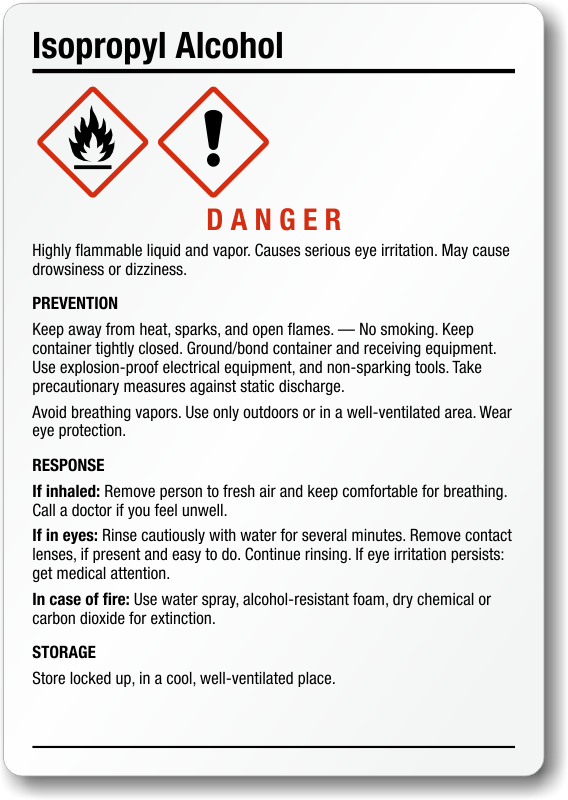
Communicate comprehensive chemical information about Isopropyl Alcohol to workers and comply with GHS standards. - isopropyl alcohol chemical danger ...
High Levels of PFAS 'Forever' Chemicals in Kids' School Uniforms Known as "forever chemicals," they have been linked to an increased risk of health problems, including a weakened immune system, asthma, obesity and problems with brain development and behavior....
chromatography | Definition, Types, & Facts | Britannica It is versatile in that it can deal with molecular species ranging in size from viruses composed of millions of atoms to the smallest of all molecules— hydrogen —which contains only two; furthermore, it can be used with large or small amounts of material.
WHMIS 1988 - Material Safety Data Sheets (MSDSs): General A Material Safety Data Sheet (MSDS) is a document that contains information on the potential hazards (health, fire, reactivity and environmental) and how to work safely with the chemical product. It is an essential starting point for the development of a complete health and safety program. It also contains information on the use, storage ...
How to Understand and Use the Nutrition Facts Label | FDA Dietary fiber, vitamin D, calcium, iron ad potassium are nutrients on the label that Americans generally do not get the recommended amount of. They are identified as nutrients to get more of....
Labeling Policies | Food Safety and Inspection Service Slides: FSIS Labeling Overview and Compliance Guide for Label Approval PowerPoint presentation used during the August 12, 2020 and September 9, 2019 webinars concerning label approval including generic approval and discussing the new and revised information included in the update to the FSIS Compliance Guidance for Label Approval published on July 24, 2020.
What Are Chemical Properties? - Definition & Examples Chemical properties are properties a chemical exhibits when it undergoes a change. This change could be due to a chemical reaction to result in a change of the matter or compound. The questions ...
Summary of Cosmetics Labeling Requirements | FDA Labeling means all labels and other written, printed or graphic matter on or accompanying a product. The label statements required under the authority of the FD&C Act must appear on the inside as...
The facts about nicotine | PMI - Philip Morris International The facts about nicotine 04 Jul 2022 · 3 min read Nicotine is a chemical that occurs naturally in tobacco. It is addictive and is not risk-free. However, as opposed to what many people mistakenly believe, it is not the primary cause of smoking-related diseases. These are principally caused by the chemicals released when tobacco is burned. Copy
periodic table | Definition, Elements, Groups, Charges, Trends, & Facts ... In 1864, J.A.R. Newlands proposed classifying the elements in the order of increasing atomic weights, the elements being assigned ordinal numbers from unity upward and divided into seven groups having properties closely related to the first seven of the elements then known: hydrogen, lithium, beryllium, boron, carbon, nitrogen, and oxygen.
Labeling Requirements | US EPA The label on a pesticide package or container and the accompanying instructions are a key part of pesticide regulation. The label provides critical information about how to handle and safely use the pesticide product and avoid harm to human health and the environment. Labeling Requirement Resources

SDS OSHA Data Labels for Chemical Safety 4 x 3 Inches | Roll of 250 MSDS Stickers with GHS Pictograms & Perforated Edges for Easy Separating | HMIS & ...
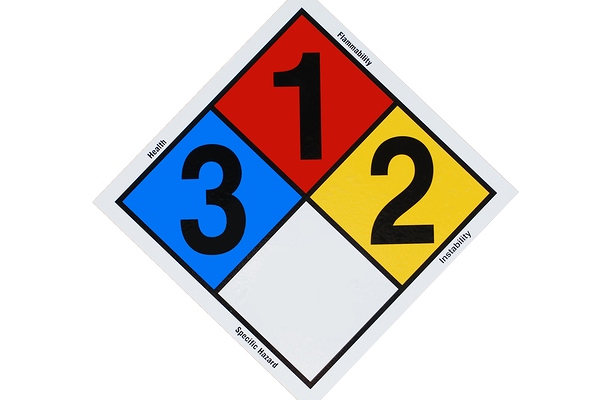

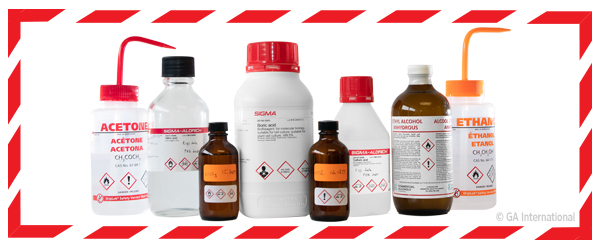
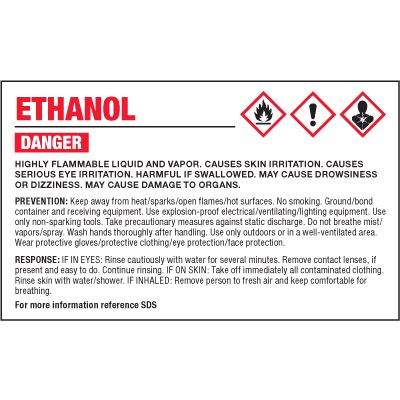
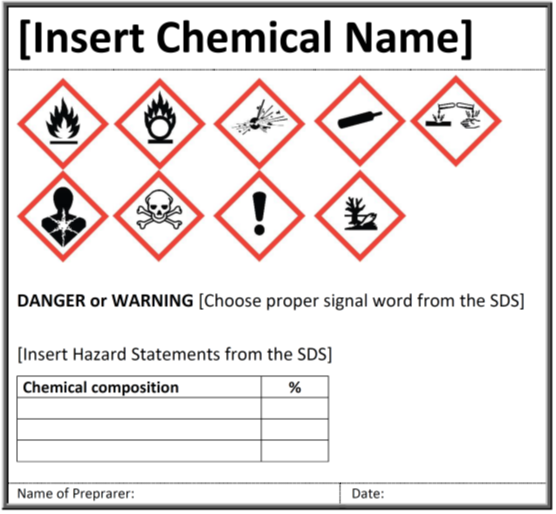

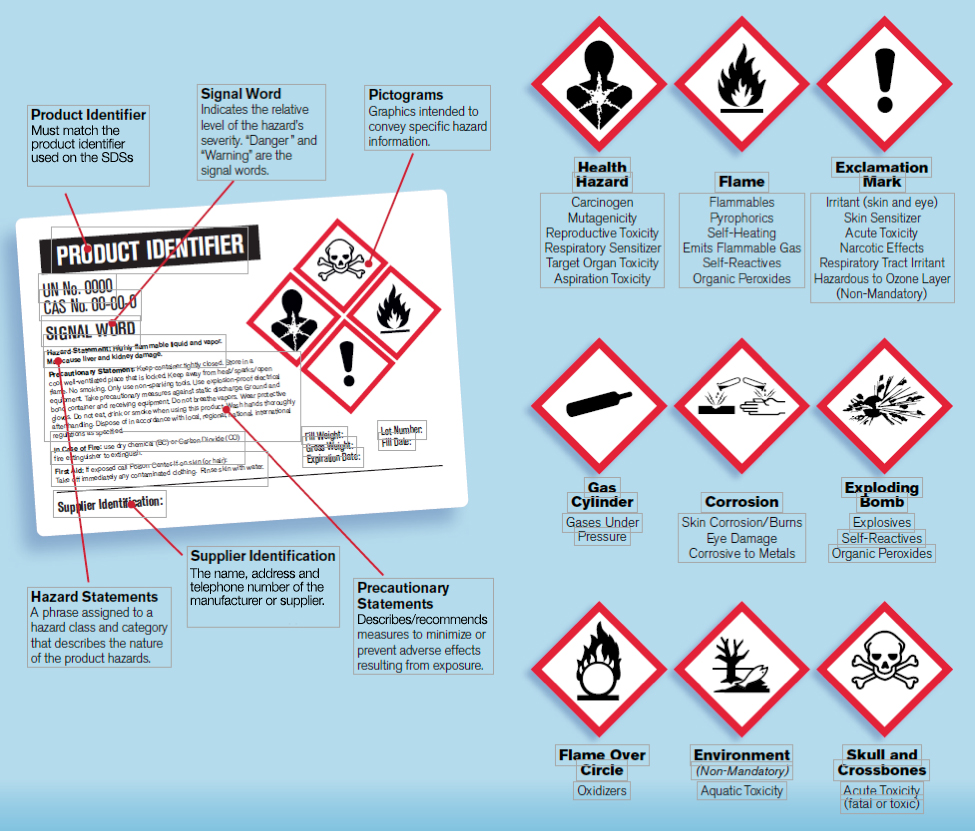
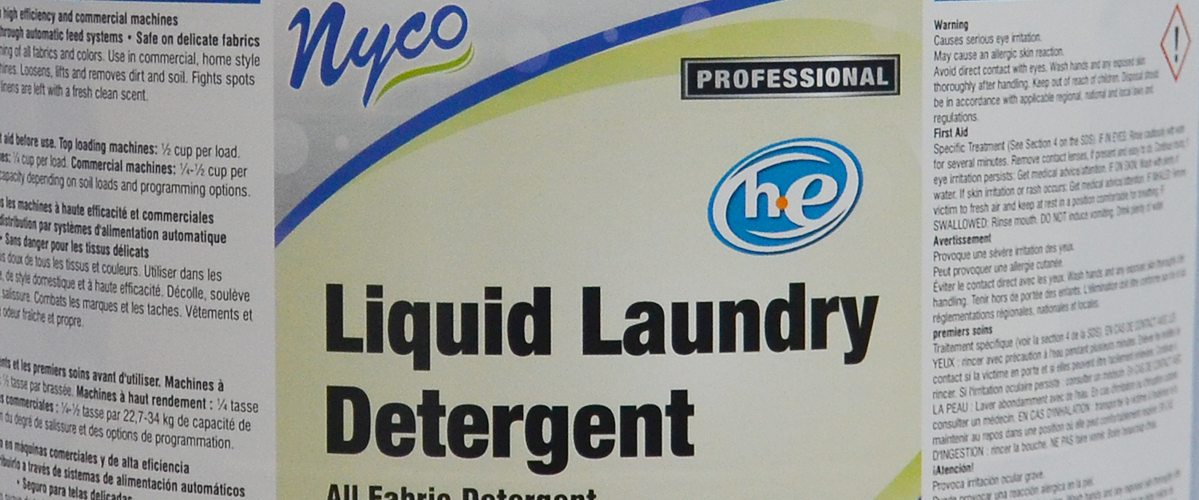


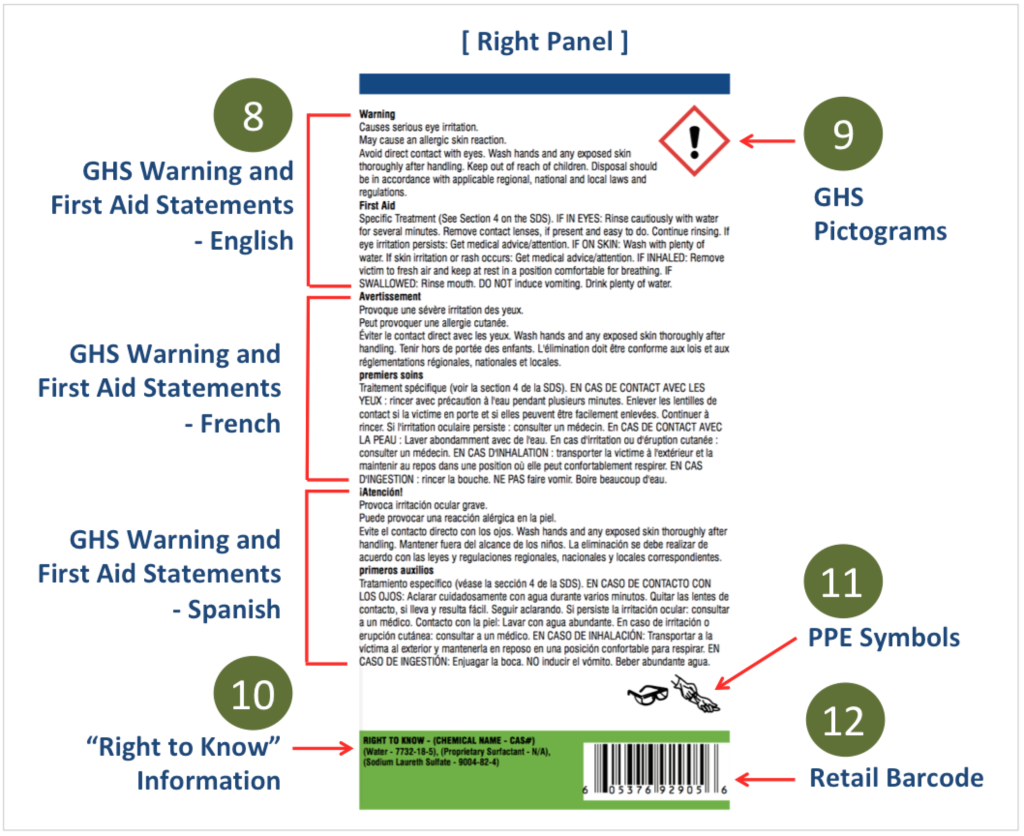
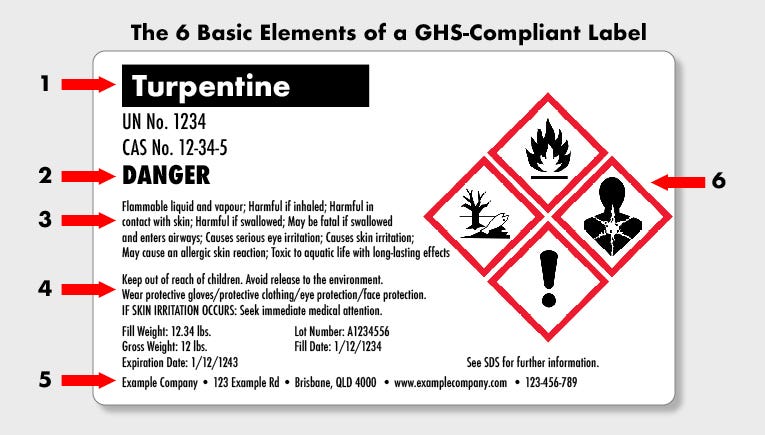

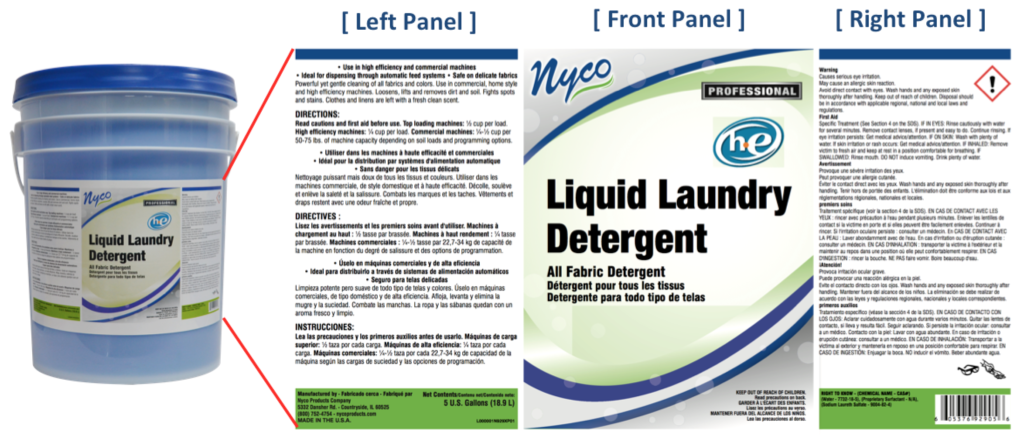

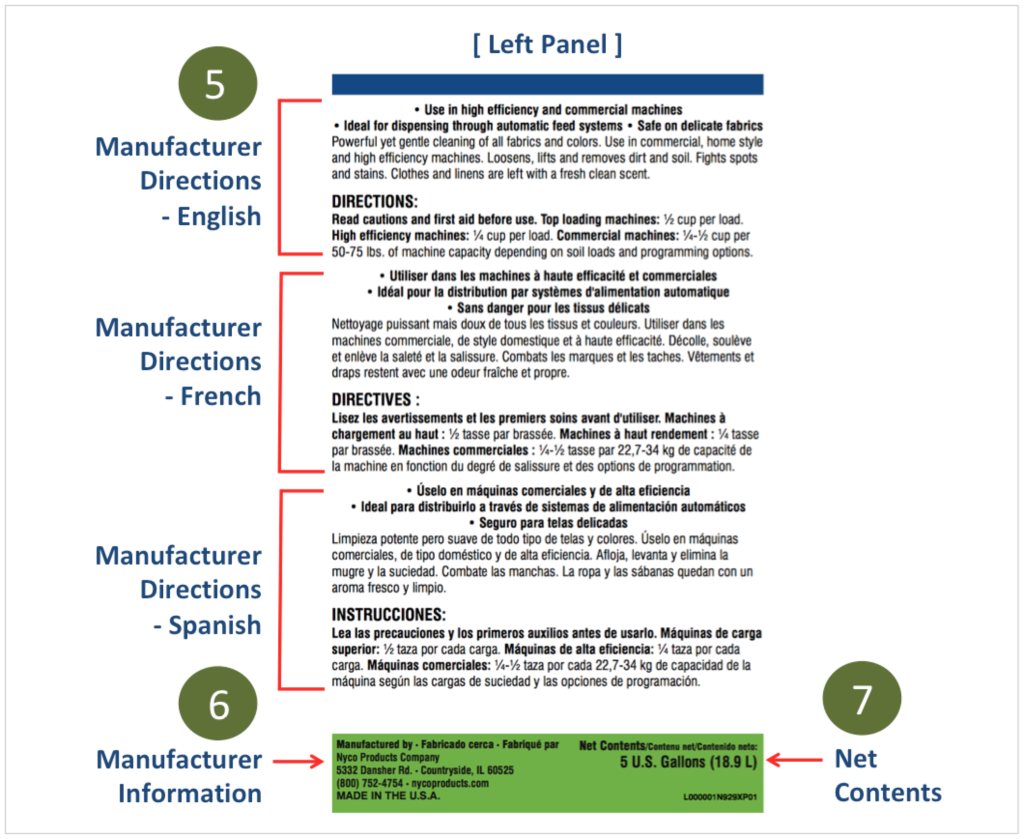


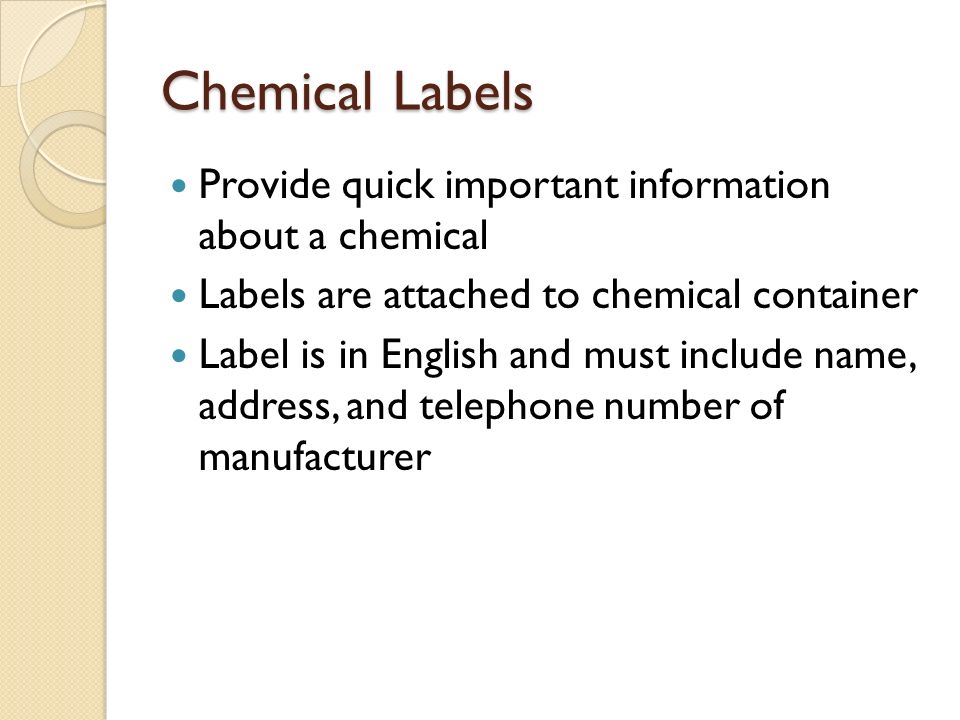
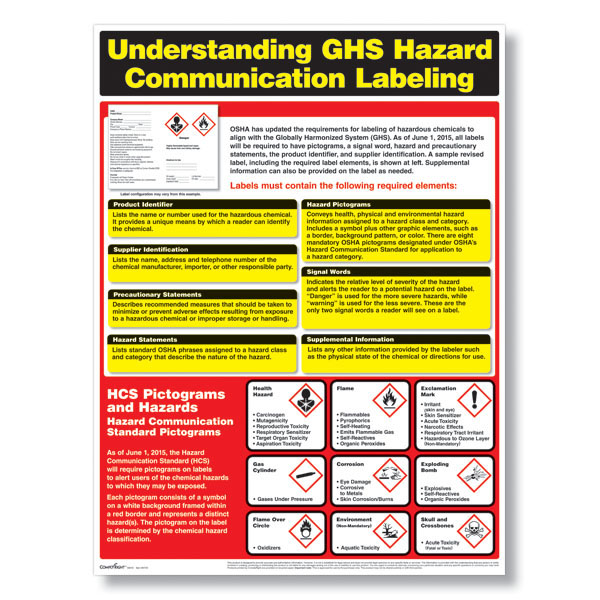
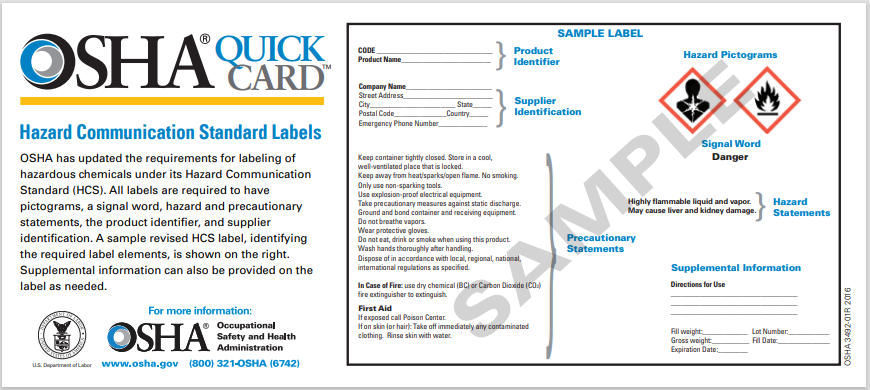


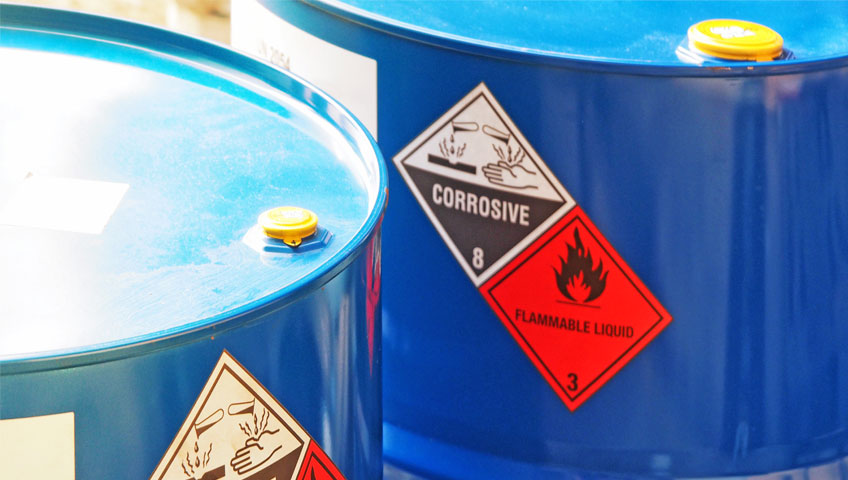
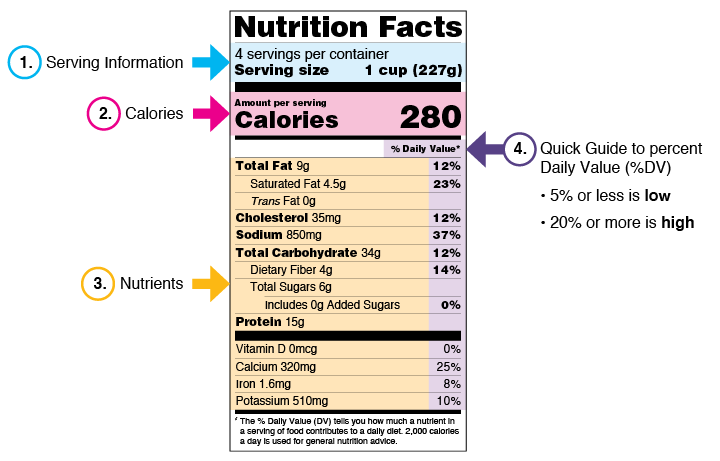


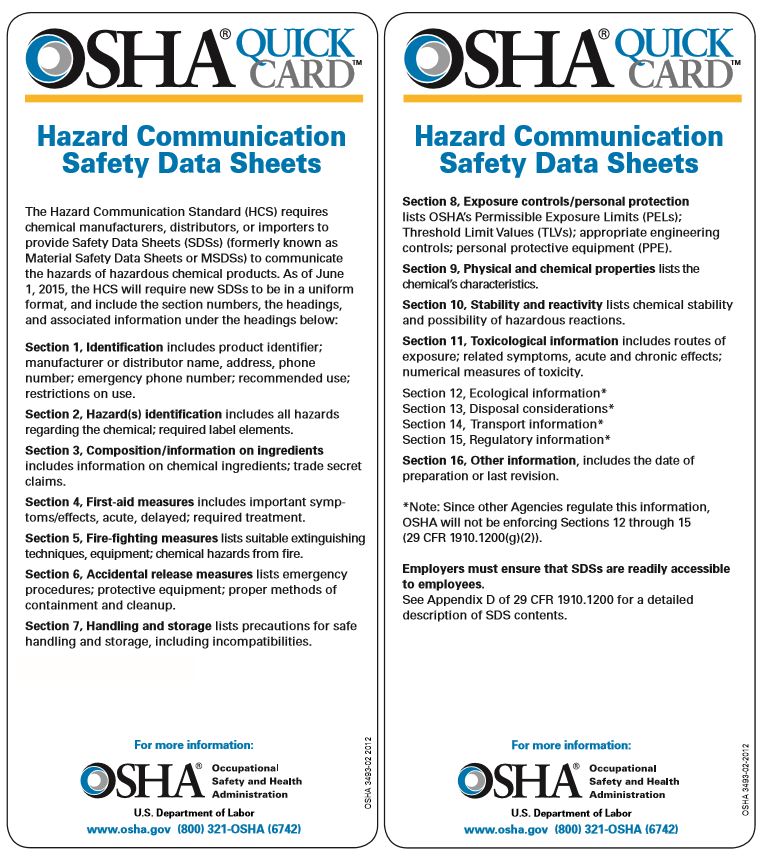

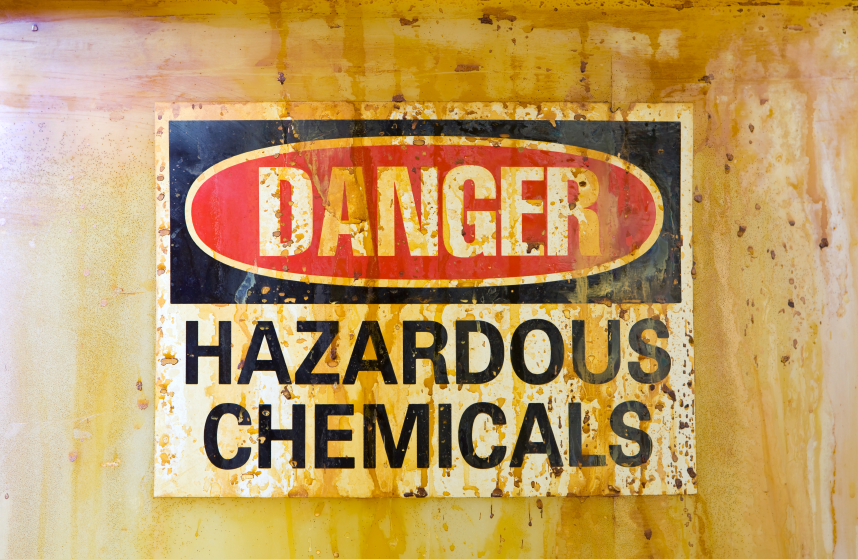


Post a Comment for "43 chemical labels provide quick facts"